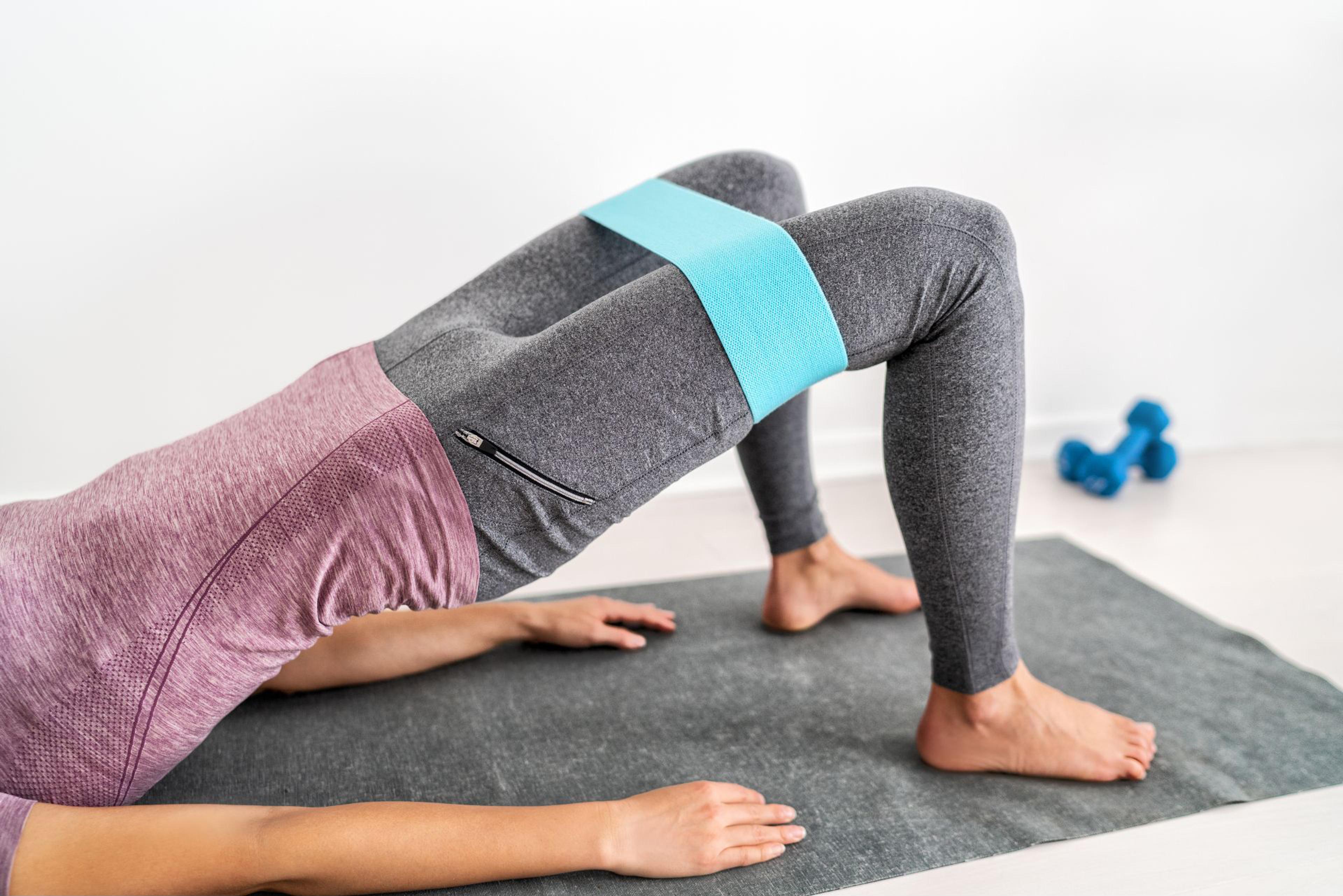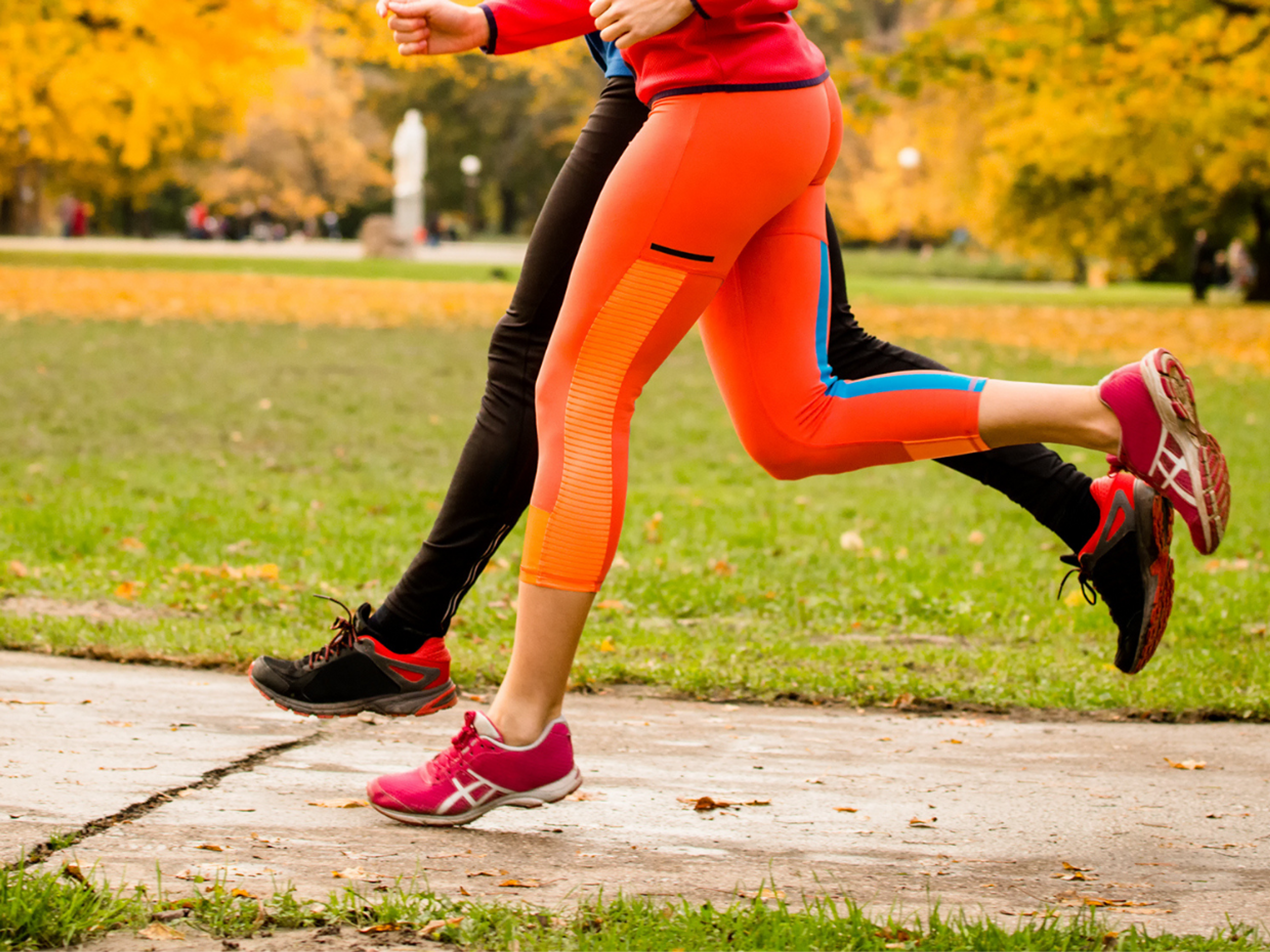Shin splints — Can I still walk, run, swim and cycle?
With shin splints, it's important not to ignore your pain and try to train through it, as it may develop into a more serious injury (like a stress fracture) or lead to a long, dragged-out recovery.
However, this doesn't mean that you can't do anything. Staying active within safe limits is good for your general and mental health and can speed up recovery.
Getting active recovery right
Shin splints are an overuse injury affecting the bone and soft tissue that attach there. To allow your injured shin to recover, you have to (temporarily) reduce the force (load) that goes through it during your daily and sports activities to a level it can comfortably cope with.
When judging how much work your injured leg has to do, you must consider all activities you use it for on a specific day.
Steps to figure out how much exercise you can do
Try to answer the question: How can I adapt my activities so they don't irritate my injury?
Can I walk with shin splints?
Yes, but you have to adjust your walking to avoid aggravating your shin pain. Building your walking endurance is actually an important part of the rehab process. It prepares your injured shin for a return to running.
Our suggestions are:
- Only start walking for exercise once it feels comfortable to do so. If your shin is easily irritated, it may not tolerate much walking during the early stages of rehab, so don't force it.
- Wear cushioned but supportive shoes (like running shoes) — adding supportive insoles may also help.
- Keep your pace slow to begin. The faster you walk, the harder your muscles contract and pull on the injured area.
- Keep your strides short. Giving large steps increases the work on the front shin muscles.
- Avoid walking on steep cambers — it can increase the strain on the.
- Monitor your 24-hour pain and stiffness response to decide if you're pitching your walking distance, speed, and terrain at the correct level.
- Once you can walk continuously for 30 minutes at a leisurely pace, slowly increase your speed until you can do it briskly.
- Allow yourself at least 1 recovery day between walks.
Can I run on shin splints?
In our experience, running when you have shin splints, even with low pain levels, can delay recovery. Also, in research, most successful shin splints rehab programs required participants to avoid running until they restored full strength in their calf muscles and could complete a hopping program (similar to the one in the Exakt Health app) pain-free.
It can be hard to abstain from running for such a long period, so finding an alternative cross-training activity can be helpful.
If you're keen to continue running during your rehab, we suggest you adjust your runs until you find a level that doesn't aggravate your shin pain (see the guidelines above).
Running adjustments that can help shin splints include:
- Doing shorter runs
- Avoiding hills
- Reducing running intensity
- Improving your running form — reducing overstride can be especially useful for shin splints
- Wearing supportive running shoes
- Adding supportive insoles if needed
- Running on softer surfaces may also help
Need more help with your rehab? The Exakt Health app makes managing shins splints and understanding your body's limits much simpler. The app, designed with expert physical therapists, offers personalized exercises and robust monitoring tools that help you determine your shins' load tolerance and track your recovery progress.
Swimming with shin splints
Swimming is an excellent, low-impact option for maintaining cardiovascular fitness when you have shin splints.
- If kicking off the wall hurts, avoid it until it is pain-free.
- If the kicking action hurts, test if doing breaststroke is better or squeeze a pool buoy between your legs and swim using only your arms.
Running in a swimming pool
You can start running in the pool early in your rehab by using a floatation device and running without touching the bottom of the pool.
Pool running, where you push off the bottom of the pool, may be an option in the later stages of your rehab, but it can often irritate shin splints at the start. Only consider doing this if you can walk at a brisk pace without experiencing an increase in your symptoms.
Cycling with shin splints
You may have to adjust how you cycle when you have shin splints.
Using high resistance or standing on the pedals can cause pain during the early stages of recovery.
Cycling with cleats can sometimes increase anterior (front) shin pain because it makes the tibialis anterior muscle work harder when you pull up with your legs. In this case, concentrating on pushing down rather than pulling up might help.
For medial (inner) shin pain, try not to dip your heel too far below the pedal — that position creates a mild stretch on the lower calf, which can sometimes irritate inner shin pain.
Using the elliptical trainer with shin splints
The elliptical trainer is low-impact but works (contract and stretch) your calf muscles that attach to the injured area. So, it might irritate inner shin pain during the early stages.
It is usually OK to start using the elliptical once you can walk pain-free at a leisurely pace for 30 minutes.
If you want to use it, we suggest testing a very gentle and short session first.
Need more help with your shin splints? The Exakt Health app simplifies recovery by providing clear exercise guidance, 24-hour pain response testing, and helpful tips to enhance your rehab results.



